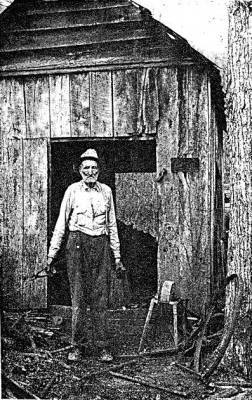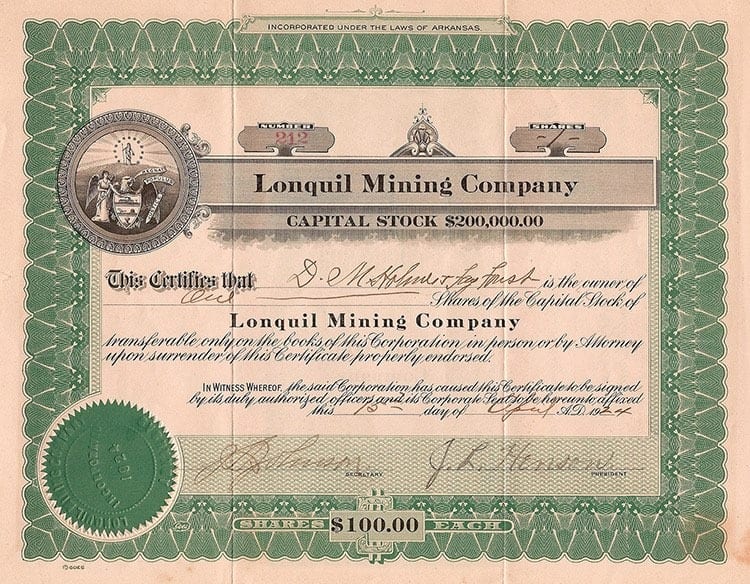By Dr. Curtis Varnell
Stories of hidden treasure abound in the mountains of Arkansas and every town has variations of tales surrounding buried Spanish, Indian, or Civil war treasures. One of the more lasting tales involves the Lost Spanish mine found in Franklin county just north of Turner Bend, Arkansas.
The most popular story surrounding the lost gold involves a group of Spanish explorers traveling up the Arkansas River and north on the Mulberry in a galleon loaded with gold taken from Indians. Stranded in the area, they chose to hide the treasure underground in the soft sandstone of a bluff on the north side of the river. The site had a large marker rock on top of the bluff and numerous Indian pictographs painted on the bluff walls. Once hidden and bobby-trapped, the entrance was closed in, and the Spaniards and accompanying Indians scattering to the four winds.
Later, visitors from Mexico visited the site, searching for the gold but were unable to find the exact site. The stories of their search were repeated throughout the region. In the early 1900s, Dr. Tobe Hill of Mulberry explored the area and was discovered a strange red bluff of soft sandstone near Cass. Closer examination revealed numerous pictographs drawn on the cliff walls. He quickly bought the land from George Turner for the sum of $750. Convinced the pictographs held the key to the location, he traveled west to get help in interpreting the signs. A Pueblo Indian by the name of Mexican Charley was enlisted to interpret the signs and to serve as mine foreman.
Hill invested a large amount of his own money into the venture but also sold at least 232 shares of Lonquil Mining company stock to others at rates from $25 to $100 per share. Large crowds gathered to watch as Dr. Hill began excavation. So many showed up, Hill became worried and hired men with guns to keep the crowd back. After a few days, the crowd became disgruntled and angry. Mexican Charley was threatened and eventually, had to be saved from hanging by Deputy Elias Russell. He quickly departed the area but Dr. Hill continued the search. Eventually, more than a half-dozen tunnels were dug back into the cliff. Small amounts of gold were discovered- skeptics believed they were “seeded” to keep the operation going. Arkansas passed the “Blue Sky’ law to protect future investors from fraud in 1917 but Hill continued mining at his own expense. He died in 1926 still convinced that the treasure existed. He had invested as much as one-hundred thousand dollars in the process.
The site is located in a cove just north of the Mulberry River and is privately owned. Large cliffs featuring talus slopes and overhanging ridges break up the perpendicular cliffs. The sandstone face of the cliff wall is covered by ancient graffiti and is interlaced with tunnels. Seven of the tunnels are large enough for donkey-drawn carts to enter and exit. Many of the tunnels are filled with muddy and deep waters. While few visit, locals still discuss the hidden treasure they are sure exist.
Though many search the area for riches, the River Valley’s true treasure is not the things that can be bought or sold. Our treasure is our people, our culture, and the wonderful mountains and valleys we inhabit.









